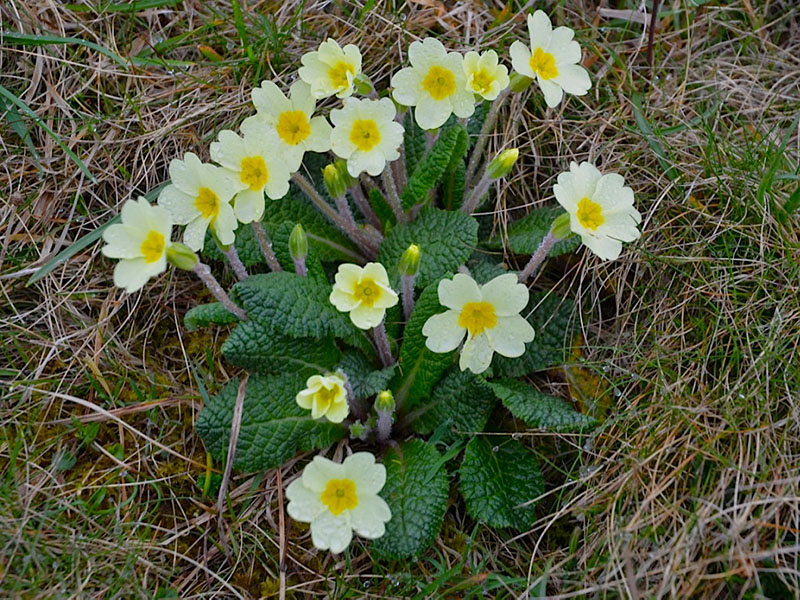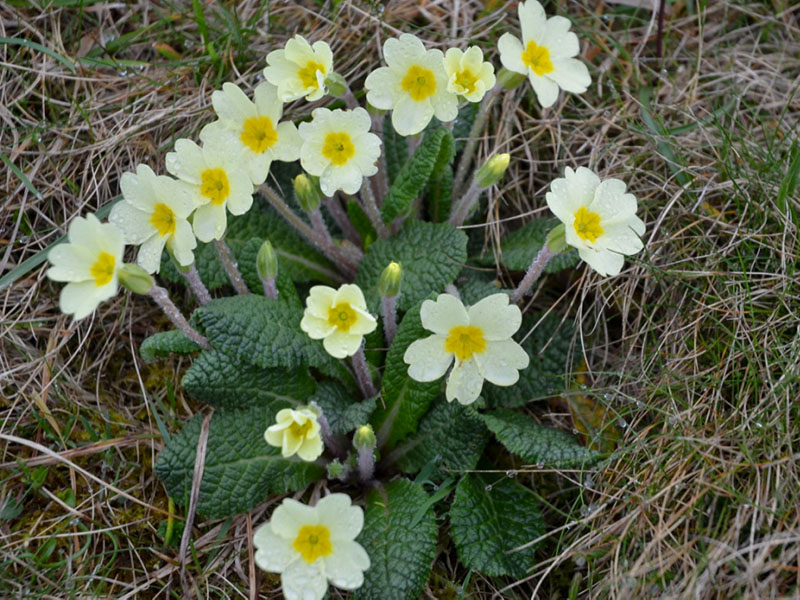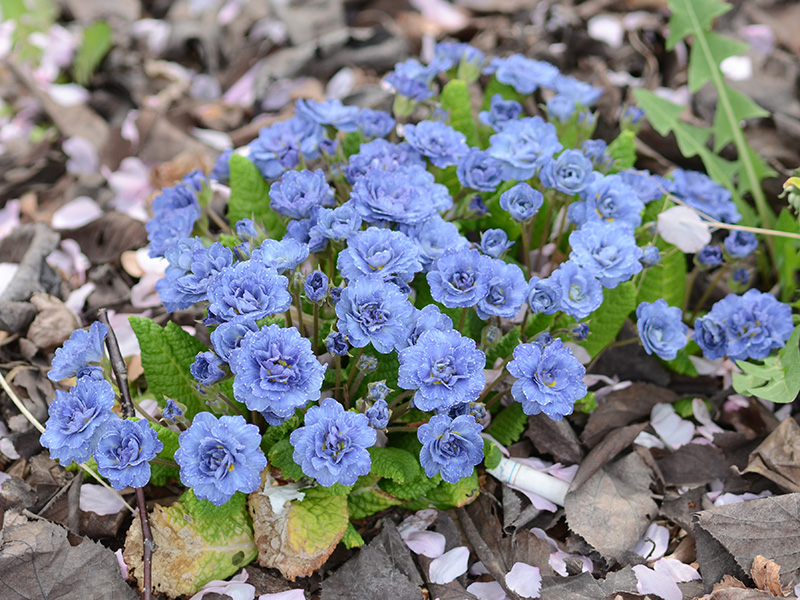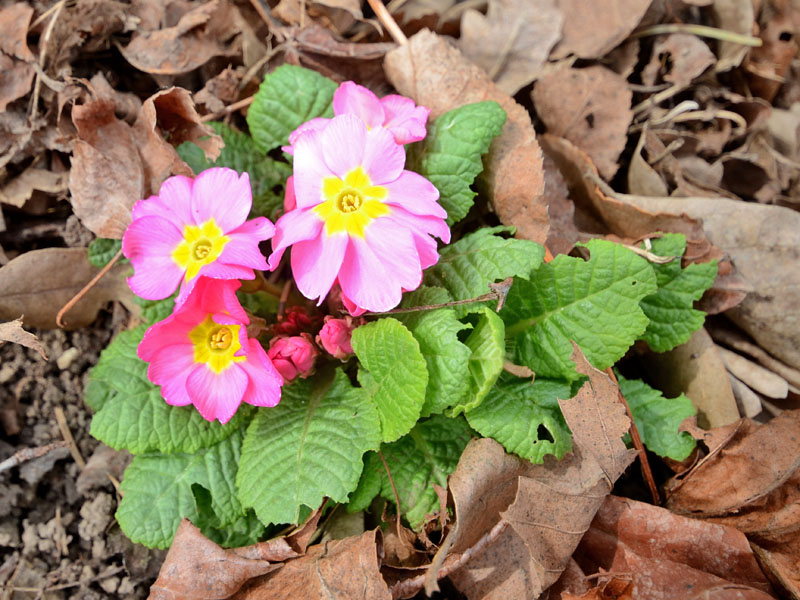
Perennials, Weeds > Primula > Primula vulgaris > Primula vulgaris
Primula vulgaris
Native Primrose, English Primrose or Common Primrose
Origin: From Britain, southern Norway, and northern Spain to north Africa, Lebanon, Iran, and the Caucasus.
Mike's
Opinion


"
This is a plant that one should not be without. This may be partly due to my biased Cornish heritage, where this plant was found along the hedgerows where I pent my childhood in Cornwall, or because it is just such a solid performer. It is a tough, resilient plant that given a little moisture in our summer droughts it will flourish in the garden for years to come.
Michael Pascoe, NDP., ODH., CLT., MSc. (Plant Conservation)
"
| Family |
| Primulaceae |
| Genus |
| Primula |
| Species |
| vulgaris |
| Category |
| Perennials, Weeds |
| USDA Hardiness Zone |
| 1a - 6a |
| Canadian Hardiness Zone |
| 0a - 6b |
| RHS Hardiness Zone |
| H7 |
| Temperature (°C) |
| -51 - (-21) |
| Temperature (°F) |
| -5 - 5 |
| Height |
| 15 cm |
| Spread |
| 30-45 cm |
Photographs
Description and Growing Information
Flowering Period
| General Description |
| Rosette forming herbaceous perennial. |
| Landscape |
| Low maintenance banks and informal wildflower gardens. |
| Cultivation |
| Favours a sheltered position in sun or partial shade. Grows well in moist soil heavy in clay. |
| Shape |
| Rounded. |
| Growth |
| Medium |
| ID Characteristic |
| Tongue-shaped leaves with multiple small yellow flowers. |
| Pests |
| Grey mould. |
| Habitat |
| Deciduous woodlands, banks, hedges and shaded grasslands. |
| Notable Specimens |
| Caerhays Castle, Gorran, Cornwall, United Kingdom. Carn Galver, Zennor, Cornwall, United Kingdom. St Agnes Head, Cornwall, United Kingdom. |
| Propagation |
| Easily by early spring crown divisions. |






